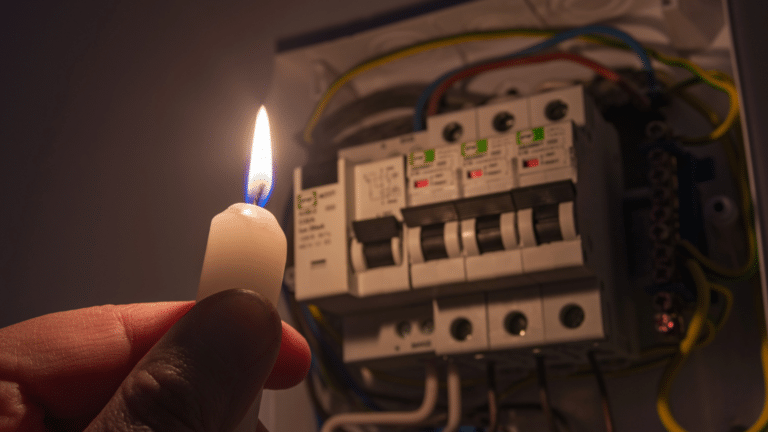Full report
Using New Marginal Emissions Data to Improve State Renewable Portfolio Standards
Reports by Devan Samant, Abraham Silverman & Zachary A. Wendling • May 30, 2024
Reports by Devan Samant, Abraham Silverman & Zachary A. Wendling • May 30, 2024
This report represents the research and views of the author. It does not necessarily represent the views of the Center on Global Energy Policy. The piece may be subject to further revision. Contributions to SIPA for the benefit of CGEP are general use gifts, which gives the Center discretion in how it allocates these funds. Rare cases of sponsored projects are clearly indicated.
For a full list of financial supporters of the Center on Global Energy Policy at Columbia University SIPA, please visit our website at Our Partners. See below a list of members that are currently in CGEP’s Visionary Annual Circle. This list is updated periodically.
Corporate Partnerships
Occidental Petroleum Corporation
Tellurian Inc.
Foundations and Individual Donors
Anonymous
Anonymous
the bedari collective
Jay Bernstein
Breakthrough Energy LLC
Children’s Investment Fund Foundation (CIFF)
Arjun Murti
Ray Rothrock
Kimberly and Scott Sheffield
The majority of US states use a renewable portfolio standard (RPS) to achieve clean energy targets. RPS programs typically set annual clean energy production levels, but they ignore the significant variations in greenhouse gas (GHG) emissions intensity of the grid at different times of the day and at different locations. Newly available locational marginal emissions (LME) data, which are collected at thousands of physical locations and updated every five minutes, provide insights into where and when the electricity sector produces the most and least GHG emissions. Incorporating LMEs into RPSs would allow states to identify and reward “high impact” clean energy production: that which replaces the dirtiest generation.
This report examines the impact that incentivizing clean energy production at high LME times and locations could have on reducing emissions in RPS programs. In five scenarios based on data from four states in the PJM grid (Illinois, New Jersey, Pennsylvania, and Virginia), the authors examine hypothetical shifts in energy production from times and geographic areas with differing clean or dirty generation mixes. The proof-of-concept exercises the authors ran found that shifting clean energy production into the three dirtiest hours of the day resulted in approximately 10% less emissions than the baseline case. Geographically shifting production to displace energy at a dirtier locale resulted in 9%–20% less emissions, depending on the LME makeup at the given location versus the baseline.
States can leverage the following LME trends to improve the effectiveness of their compliance programs:
Millions of US households struggle to meet their energy needs due to low wages, rising living costs, and other historical and structural drivers of poverty.

The idea of a global electricity market has always been a bit of a misnomer. Fuels such as gas, oil, coal typically travel around the world to fuel...

Full report
Reports by Devan Samant, Abraham Silverman & Zachary A. Wendling • May 30, 2024